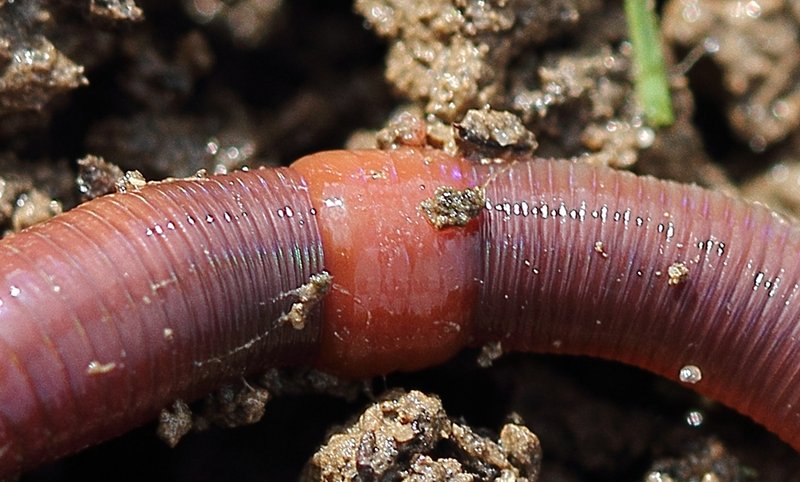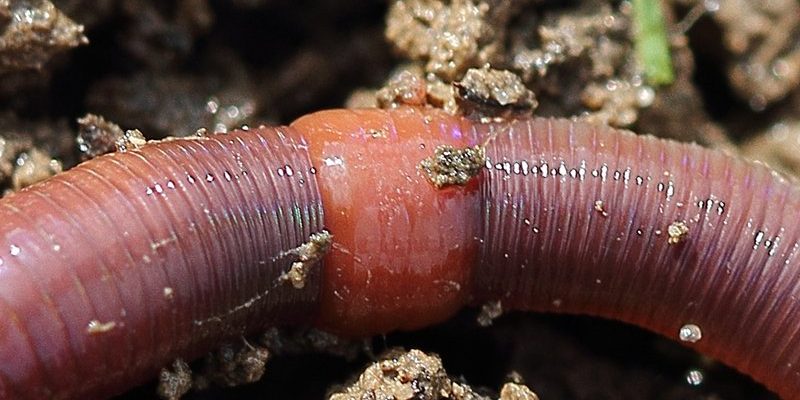
To put it simply, just like an unexpected guest at a dinner party can change the vibe of the gathering, invasive earthworms can disrupt local ecosystems. Imagine a cozy gathering of plants and animals that have historically thrived together. Then, suddenly, these earthworms crash the party, potentially crowding out the native species that are already there. It’s a fascinating yet complicated issue that involves understanding what makes earthworms tick, how they interact with their environment, and the impact they can have when they’re not in their native habitats.
What Makes Earthworms Invasive?
You might be wondering what qualifies an earthworm as invasive. In simple terms, an *invasive species* is one that moves into a new environment, often causing harm or disruption. Earthworms, especially those introduced from other regions, can wreak havoc on local ecosystems. They alter soil composition, nutrient cycling, and even the types of plants that grow in an area.
Certain species of earthworms, like the *Lumbricus terrestris* or the common nightcrawler, were brought over from Europe and have since settled into North American forests. Here’s where things get tricky: they thrive in conditions that are ideal for their growth, but those same conditions might not be beneficial for native plants or animals. This can reduce biodiversity, which is crucial for a balanced ecosystem.
Interestingly, earthworms can change the physical structure of the soil, leading to increased erosion. This can harm plants that have adapted to specific soil types. Think of it as someone coming into a cooking competition and changing all the recipes; the final dish might not be as tasty, and some of the original ingredients may get lost in the shuffle.
How Do Invasive Earthworms Affect Native Species?
The impact of invasive earthworms is like a ripple effect in a pond. When one element changes, others often follow. For instance, native species of plants that have evolved alongside local soil conditions might struggle to survive when invasive earthworms alter the soil’s nutrient composition. This disruption can create a cascade of challenges for local wildlife that depend on these plants for food and shelter.
Moreover, certain native insects and animals that rely on specific plants for their habitat may find themselves in a tough spot. Imagine a butterfly whose favorite flowers have been crowded out by aggressive earthworms. Without those flowers, the butterfly struggles to find food and may even decline in numbers, affecting the entire food web.
You may also see changes in the soil’s pH levels and moisture retention capabilities due to the activities of invasive earthworms. Native microorganisms that are essential for soil health might not be able to survive these shifts, leading to further deterioration of local ecosystems. It’s a complex dance, and when one step goes wrong, the entire routine can fall apart.
Where Are Earthworms Invasive?
Invasive earthworms have made a name for themselves in various regions, particularly in parts of North America where they were introduced. Forests in the northeastern United States are heavily impacted, as many of these ecosystems never had earthworms before European settlers arrived. The absence of these soil-dwelling creatures for thousands of years means that local plants and animals have developed without them.
Honestly, if you visit a forest in these regions, you might see the stark difference. Areas where invasive earthworms thrive often have less diverse plant life. This decline can be attributed to their voracious appetite for leaf litter and organic matter, stripping the forest floor of essential nutrients. As a result, you might find fewer wildflowers, shrubs, and even tree seedlings, which can lead to long-term forest health issues.
Interestingly, not all ecosystems are equally affected. In some environments, earthworms can actually play a beneficial role. For instance, in agricultural lands, they help aerate the soil and improve fertility. The key difference lies in whether they’re *native* or *invasive*. So, while they are great helpers in some situations, their introduction in areas where they don’t belong can have detrimental effects.
How Can We Manage Invasive Earthworms?
If you’re concerned about the presence of invasive earthworms, you’re not alone! Managing them requires awareness and proactive measures. Here are some strategies that individuals, gardeners, and land managers can adopt:
- Education: Understanding what species are present in your area can make a huge difference. If you know what to look for, you can help prevent their spread.
- Responsible Disposal: If you’re using earthworms for composting or fishing bait, make sure to dispose of them responsibly. Don’t just toss them into a new area.
- Native Plant Restoration: Supporting efforts to restore native plants can help mitigate the effects of invasive earthworms. Native plants can often outcompete the weeds that may thrive in altered soil conditions.
- Soil Testing: Regularly testing soil can help landowners track changes over time and understand the effects of any earthworm activity.
By taking these steps, we can help protect our native ecosystems from the impacts of invasive earthworms. It’s all about maintaining balance and ensuring that our natural habitats can flourish.
The Future of Earthworms and Ecosystems
Looking ahead, it’s clear that the story of earthworms isn’t just about how they burrow through the soil. It’s about the delicate balance of ecosystems and the importance of protecting native species. As more people engage with nature through gardening, hiking, and wildlife observation, there’s an opportunity to foster awareness about the potential risks posed by invasive earthworms.
Here’s the thing: even though invasive species can bring challenges, they also remind us of the importance of preserving the natural world. By understanding how earthworms fit into the grand scheme of things, we can better appreciate the ecosystems around us and work towards maintaining their health.
The next time you spot an earthworm, take a moment to think about its journey. Are they helping or hurting the environment? It’s a fascinating thought, and it emphasizes the need for responsible stewardship of our natural resources.
In conclusion, while earthworms can have positive benefits in some contexts, their invasive counterparts can disrupt delicate ecosystems. By being informed and taking action, we can help ensure that these little creatures remain beneficial allies in the way nature intended.

